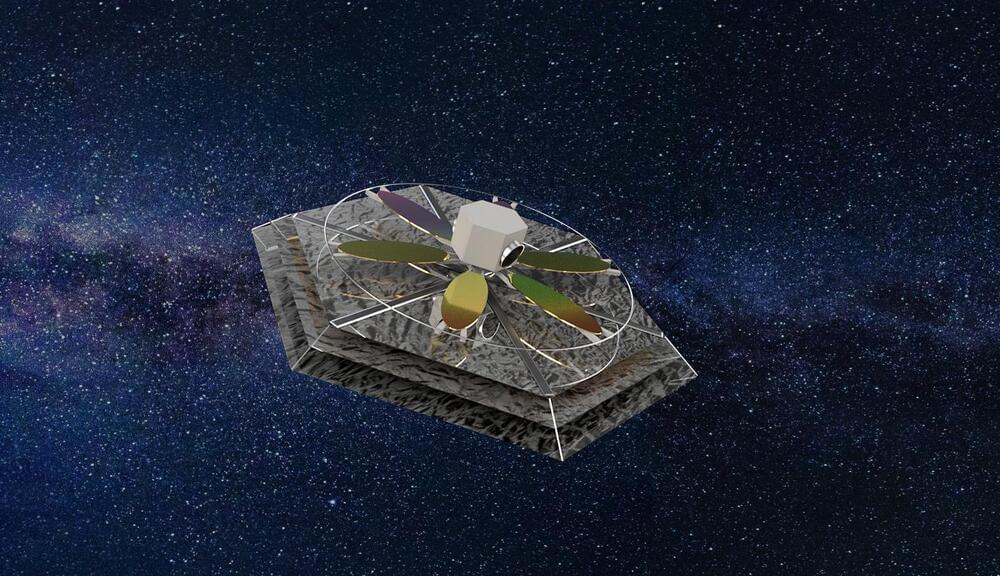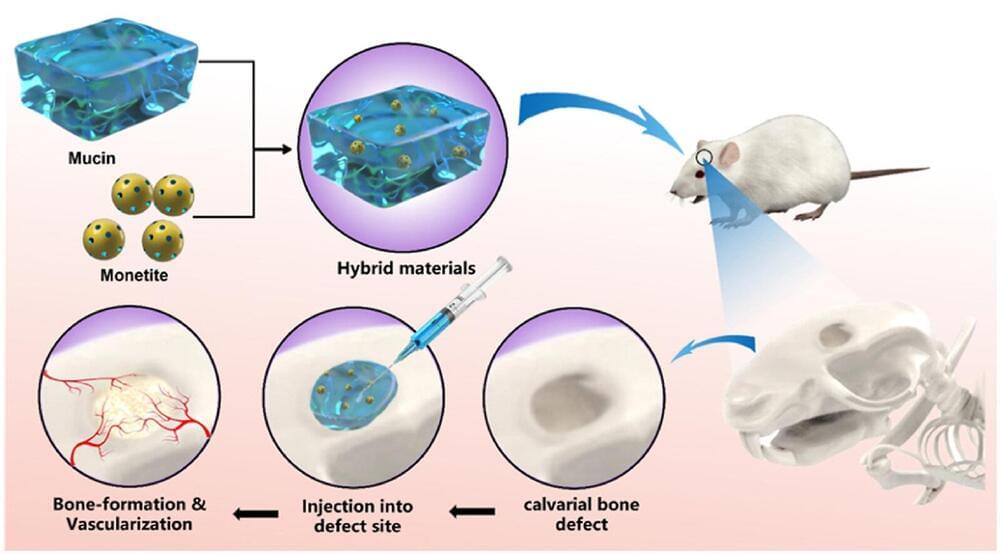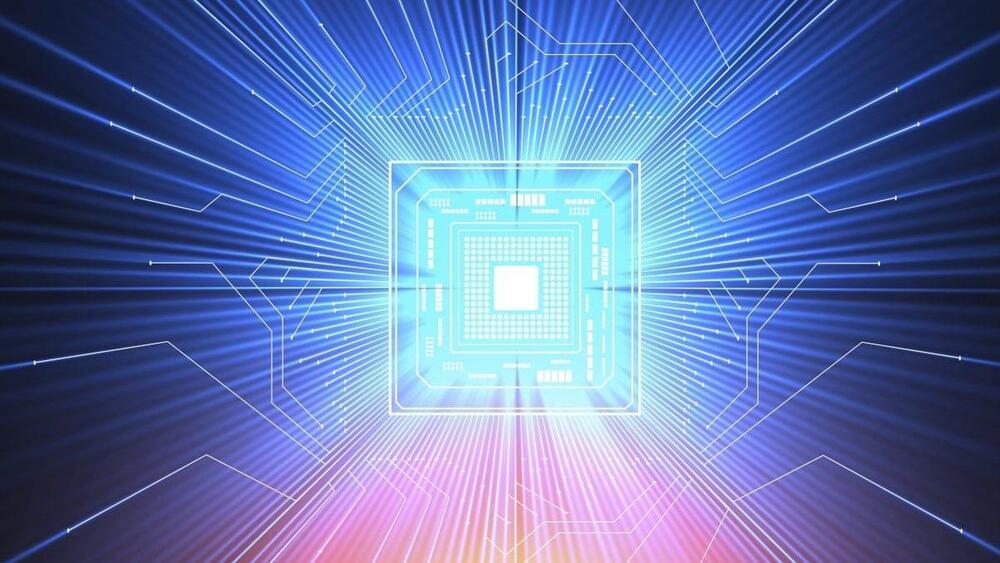You can’t ride them, but you sure can dream about them.
The works of the world’s most famous architects are easy to recognize. They add beauty and grace to our landscape and brighten up even the gloomiest of neighborhoods.
Now, designers Moss and Fog have used AI-image generator MidJourney to produce cars in the style of the world’s most famous architects, and the results are both mesmerizing and invigorating. and Fog/Instagram.









